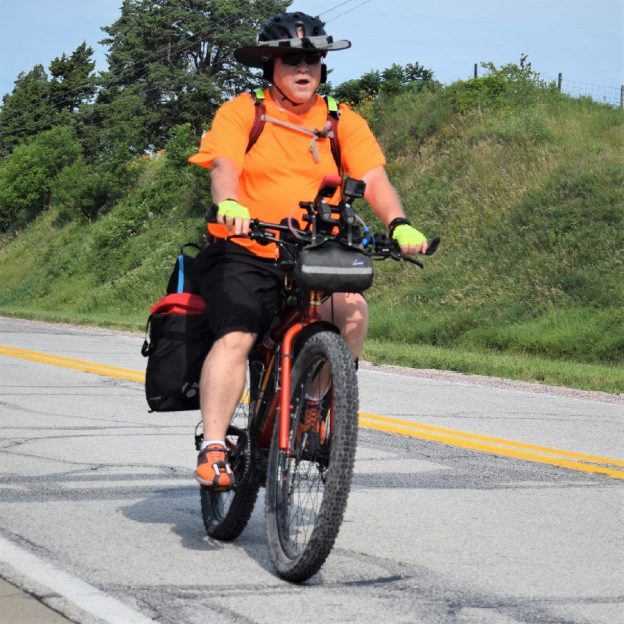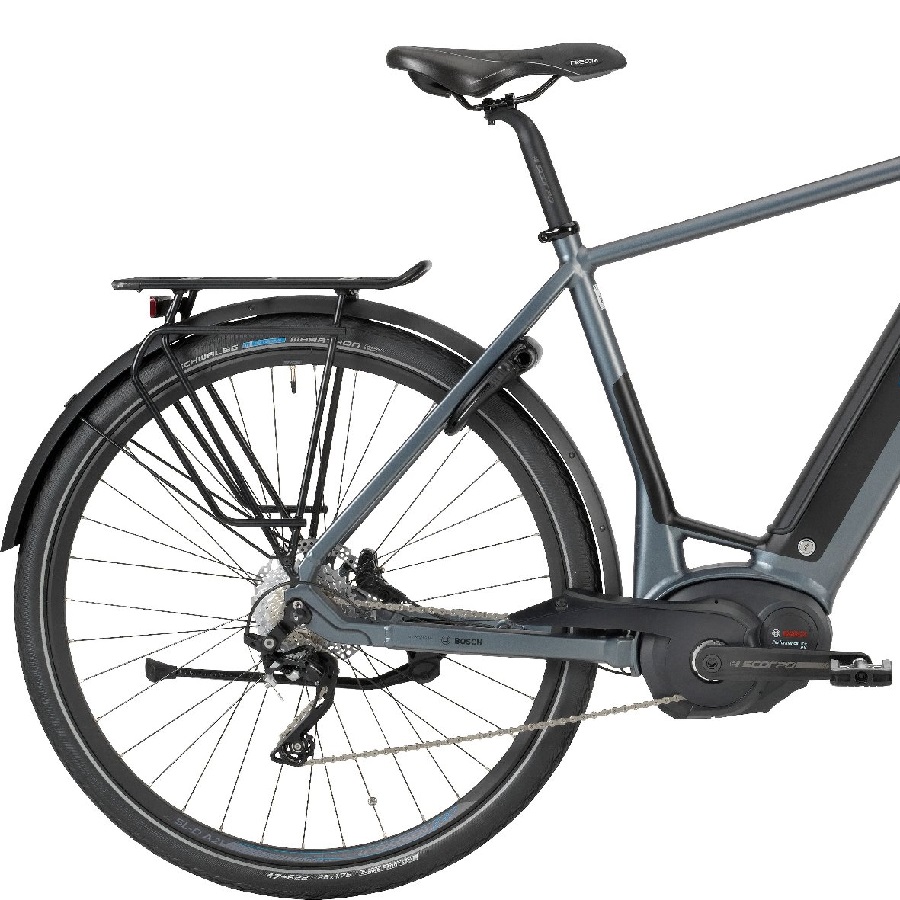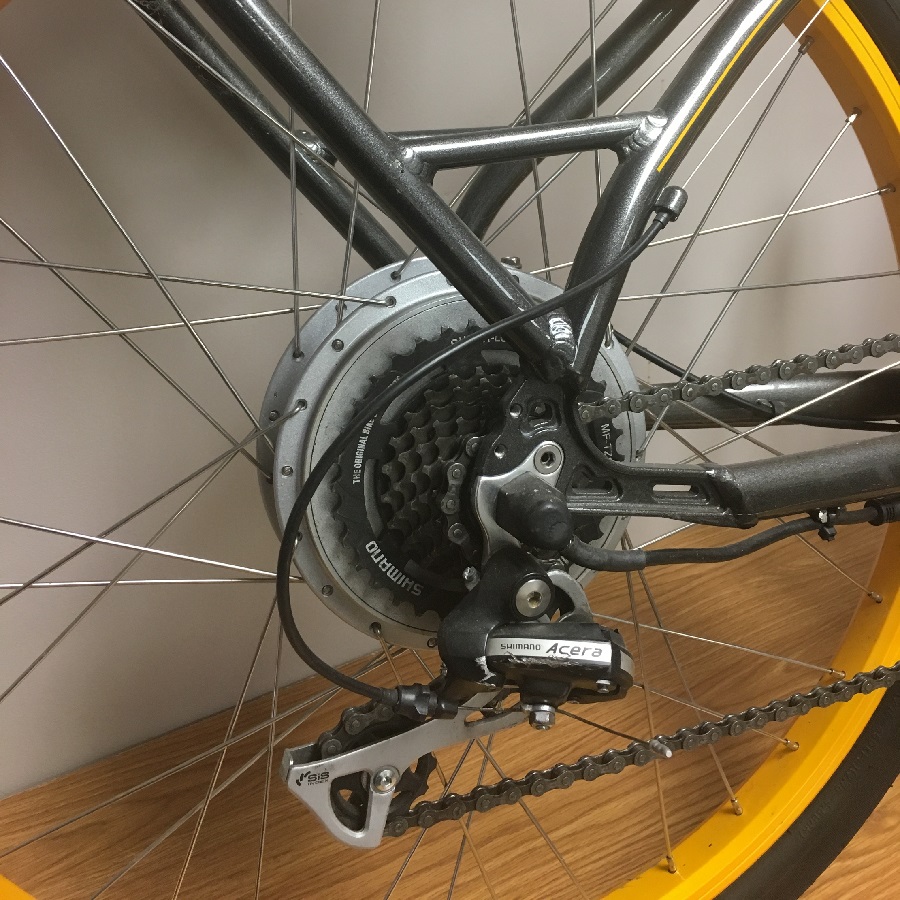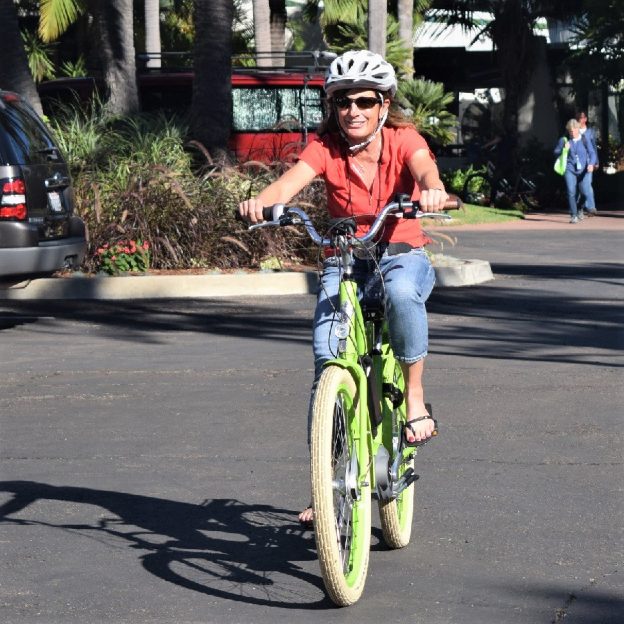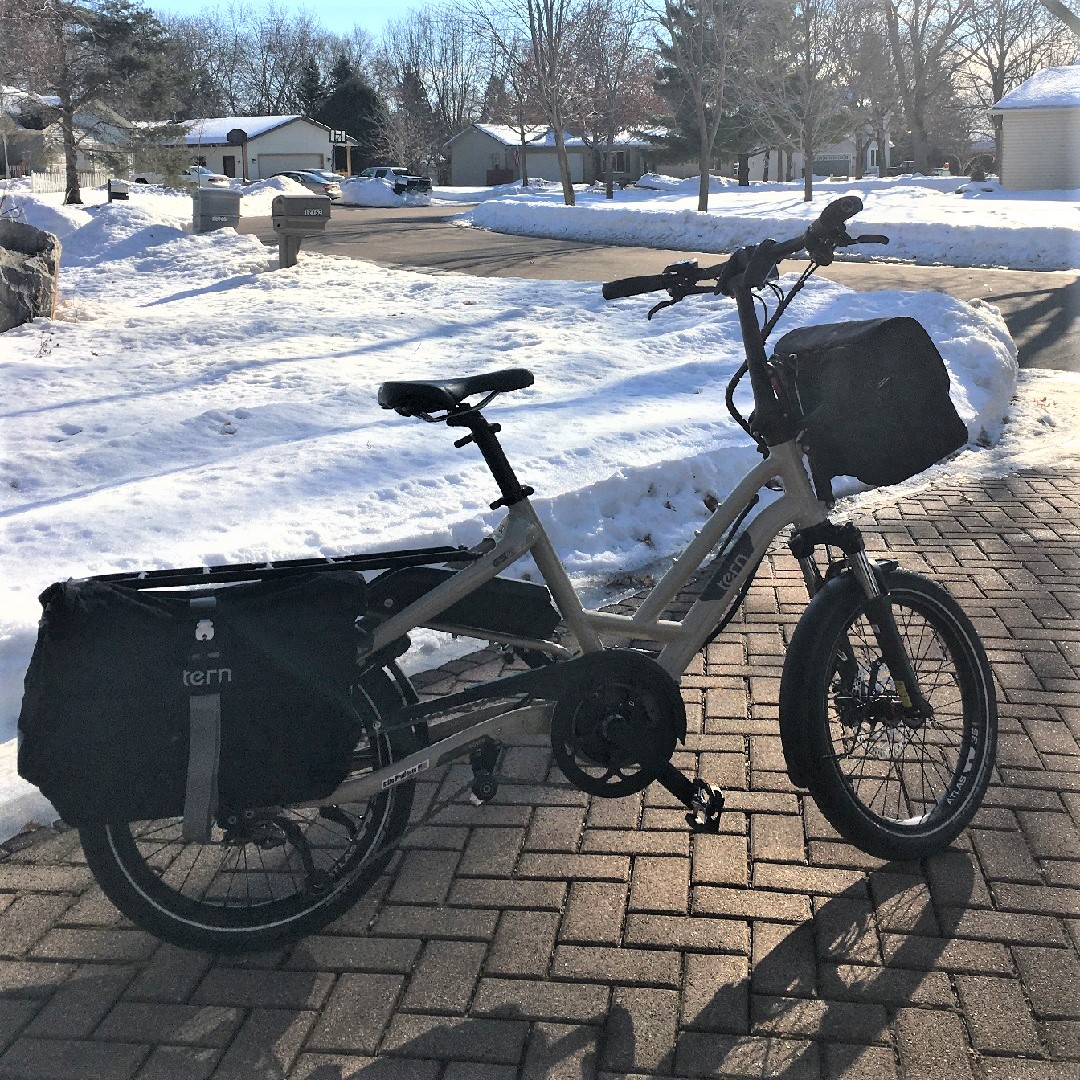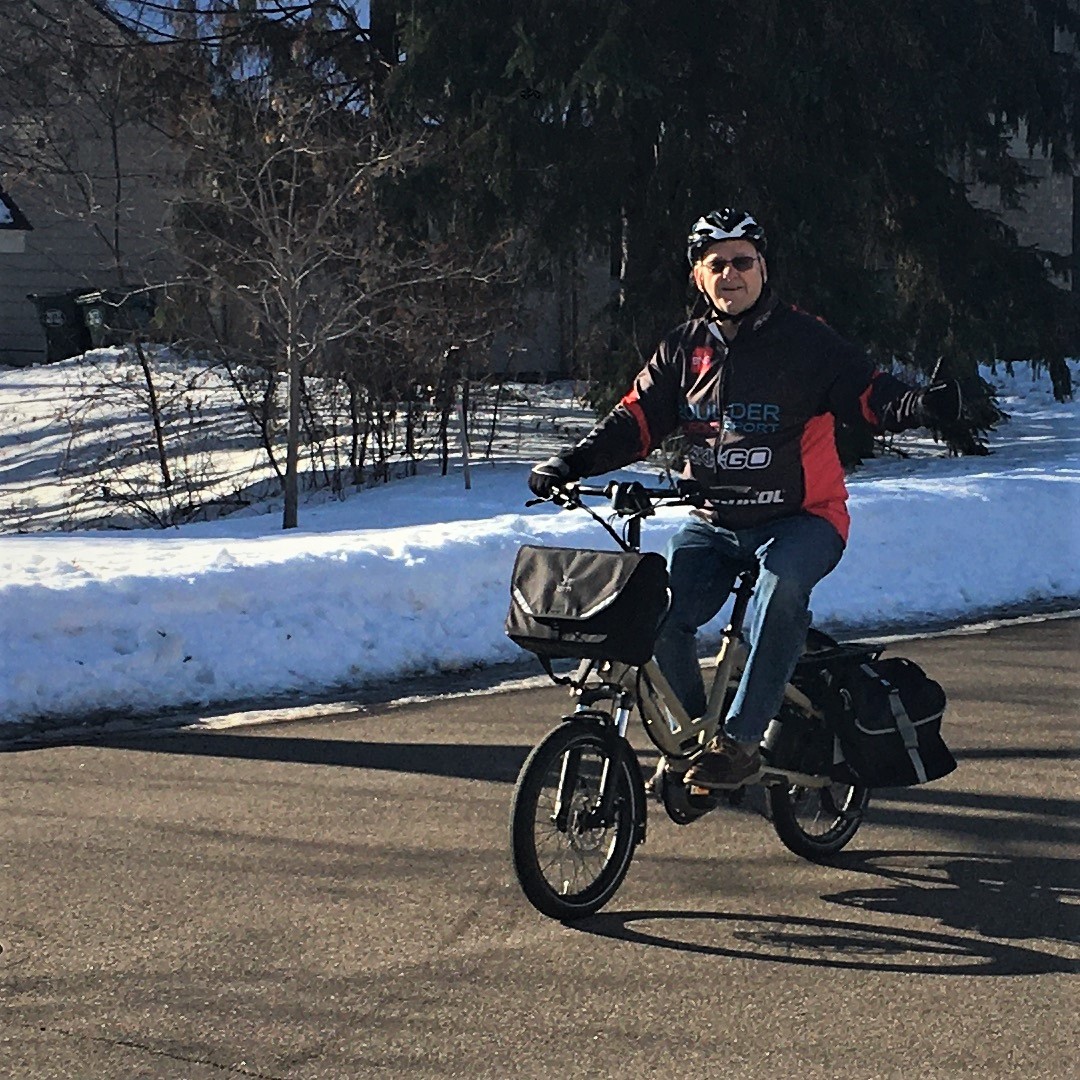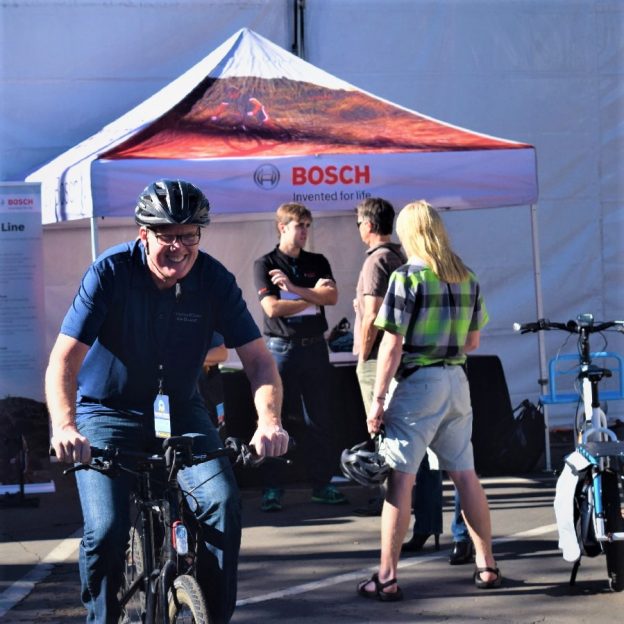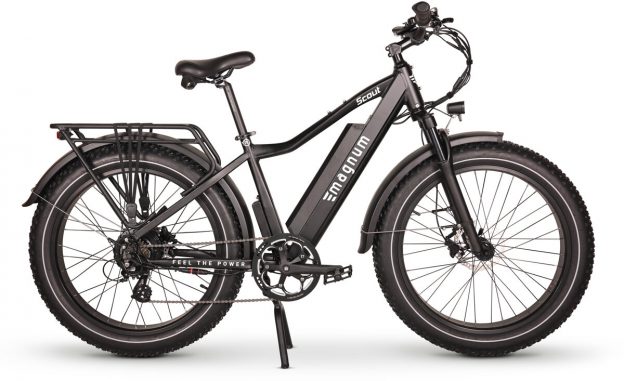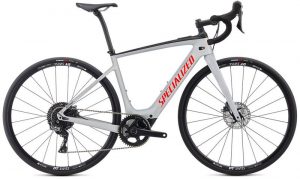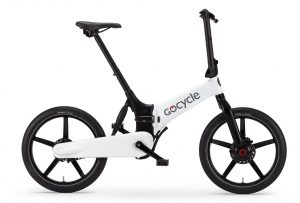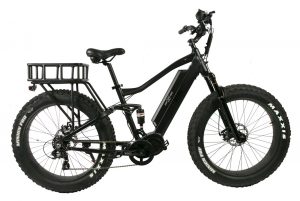If you have recently purchased or looking at buying an electric assist bike, e-bike insurance is a wise consideration. First, check your car, renter’s, or homeowners insurance and see if the e-bike can be bundled into your existing policy. If not, look at an insurance company that often covers theft and collision protection, similar to automobile insurance, for your e-bike. Because e-bikes are a relatively new trend, there aren’t many insurance companies on the market. There are a few companies that also offer roadside assistance for bicycles and e-bikes.
The Importance of E-bike Insurance
From an insurance standpoint, electric assist bicycles pose a unique challenge. Most assume their homeowner’s or umbrella insurance policies extend to their e-bikes. As this is true for “human-powered” or pedal bicycles, adding a motor to the bike makes it a “motorized vehicle.” This might exclude it from coverage on standard homeowners, renters, or umbrella policy. Where you might need an insurance policy designed for the e-bike.

A good e-bike insurance policy brings added comfort.
It’s risky for your e-bike to be uninsured, and a stand-alone electric bicycle insurance policy will fit your specific needs. This will not only protect your assets but will protect your e-bike investment if it is damaged or stolen.
A good policy should offer the following protections:
- Property coverage to protect your electric bike if it is damaged in an accident or stolen
- Medical coverage for the bicyclist (yourself) in case of an accident
- A Liability clause covers any injury or property damage that you might cause to another person in case of an accident.
- And, Underinsured motorist insurance,
Roadside assistance for your e-bike may be available
What do you do when stranded on the side of the road with a flat bicycle tire and can’t fix it? If you have a roadside assistance policy, they will pick you up and transport you to your home or bike shop. Along with AAA, Velosurance is another company that offers roadside assistance for bicycles and e-bikes.
An added prevention measure to keep your e-bike safe
Bikes, in general, are stolen often, but for a thief, stealing an e-bike is the crown jewel. With e-bikes normally, a more significant investment here is some bicycle theft prevention ideas to consider. To protect your e-bike investment, consider using a U-lock with a cable lock or bike lock alarm. You could also take the bike inside a building with you or use a mobile bike storage locker for storing your e-bike. There are also some modern ways with GPS tracking devices to help you retrieve your bike if stolen.
See more on “What’d the right type of e-bike for me.”

